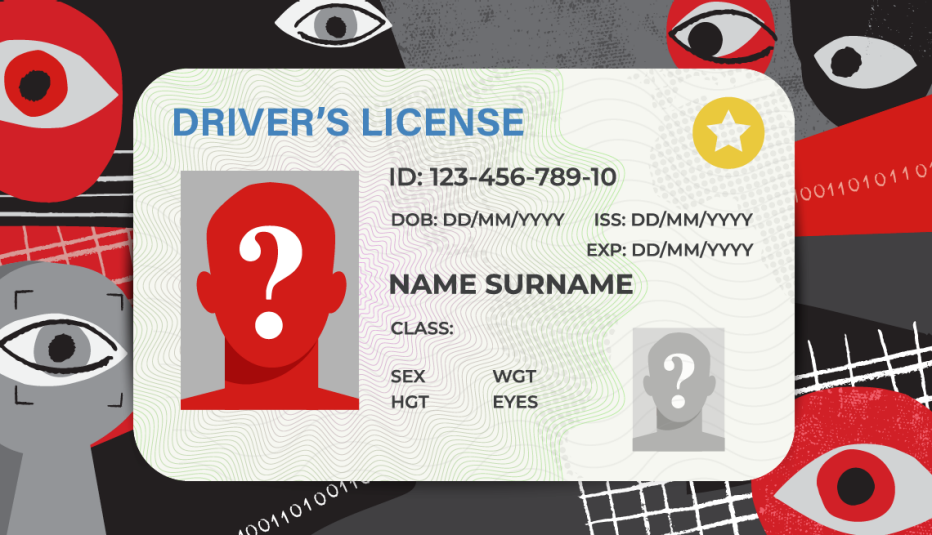AARP Hearing Center


Soon after Amy Gray, a 47-year-old public school teacher in Akron, Ohio, had her purse stolen last January from her workplace — an employment skills program for students housed at a mall — she received a bank alert that someone was using her credit and debit cards. She quickly canceled the cards and ordered replacements. She also ordered a new driver’s license and received a duplicate of the one that had been stolen. It included the same ID number.
Though it didn’t worry her at the time, Gray recalls, “that turned out to be the worst problem.”
She discovered this a few months later, when she received a letter from Ohio’s Bureau of Motor Vehicles informing her that her license had been suspended, due to an outstanding arrest warrant in her name. The police later told her that a shoplifter they had caught at a local store had shown them Gray’s license as identification. Even though the person didn’t really look like Gray in the picture, she says, “they gave my license back to that person and let them go on their merry way.”
Because the police didn’t believe her, Gray was forced to contest the charges in court. Luckily, her attorney was able to get them dismissed thanks to a store surveillance video showing that the thief was older and had a different build and hairstyle than Gray. It cost her $2,500 in legal fees to clear her name.
Why criminals love driver’s licenses
It’s a predicament that too many Americans have to face. For most of us, a driver’s license is the go-to form of identification, the proof that we’re asked to present when we cash checks or show up at an airport to board a flight.
“Just think about everything that you do, using your driver’s license to prove that you are you,” says Eva Velasquez, president and CEO of the Identity Theft Resource Center, a nonprofit organization that works to combat crimes and assist victims. But, with your license, “a thief can do it as well.”
And having your picture on the license can provide surprisingly scant protection, she adds, “if the person who wants to use it even remotely resembles you.”
Some scammers steal people’s actual licenses, while others convince their targets to upload scanned copies of their card to the internet as part of an application for a fake government loan or grant. In what’s become a disturbing trend, still others hack into the computer systems of government motor vehicle agencies and businesses that use licenses to identify customers, and steal the data.





































































More From AARP
What to Do if Your Wallet Is Lost or Stolen
7 steps to prevent identity theft and money loss — plus how to replace what’s missingHow, Why and When to Check (or Freeze) Your Credit Score
Monitoring your creditworthiness is key for tracking your financial health and spotting fraud